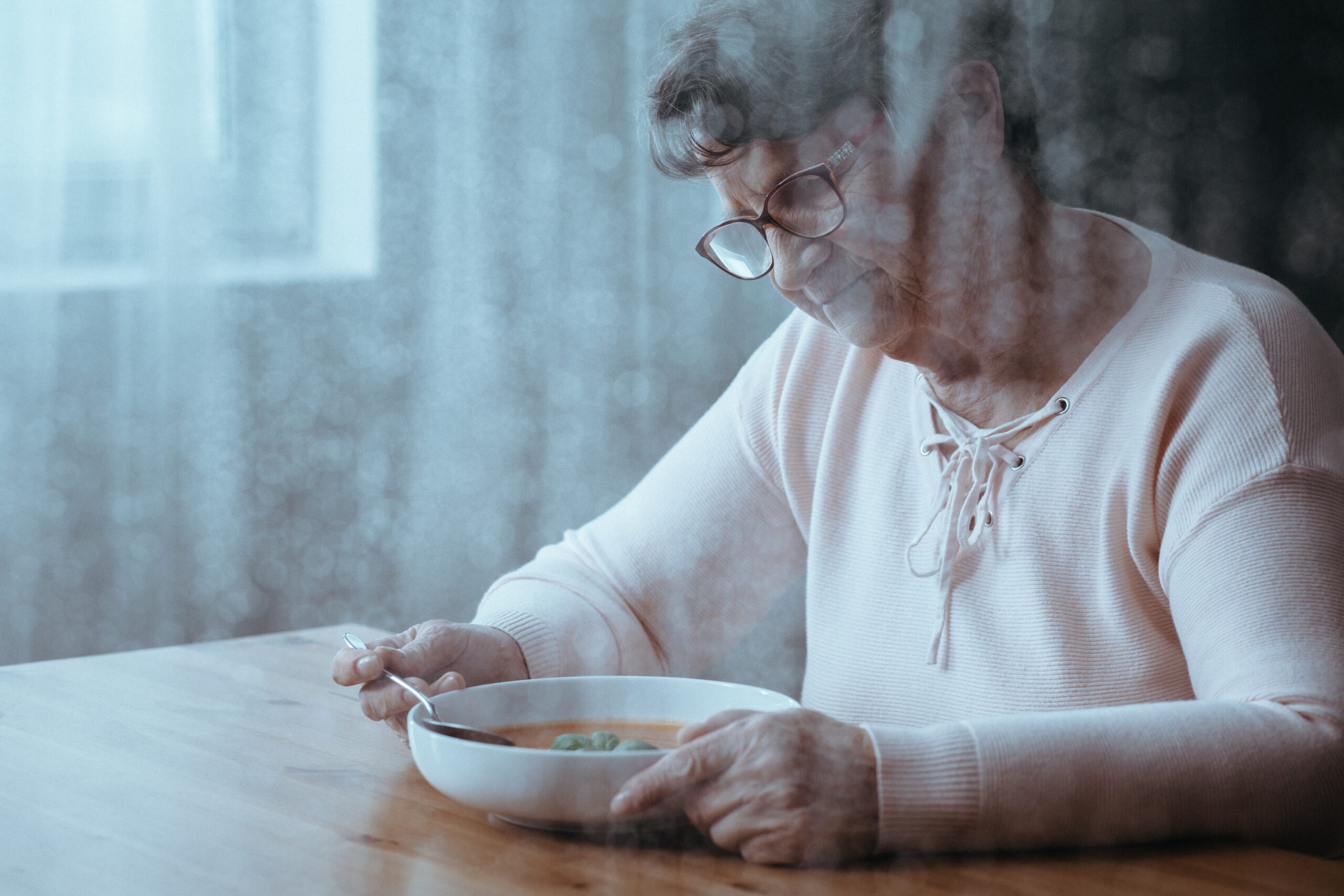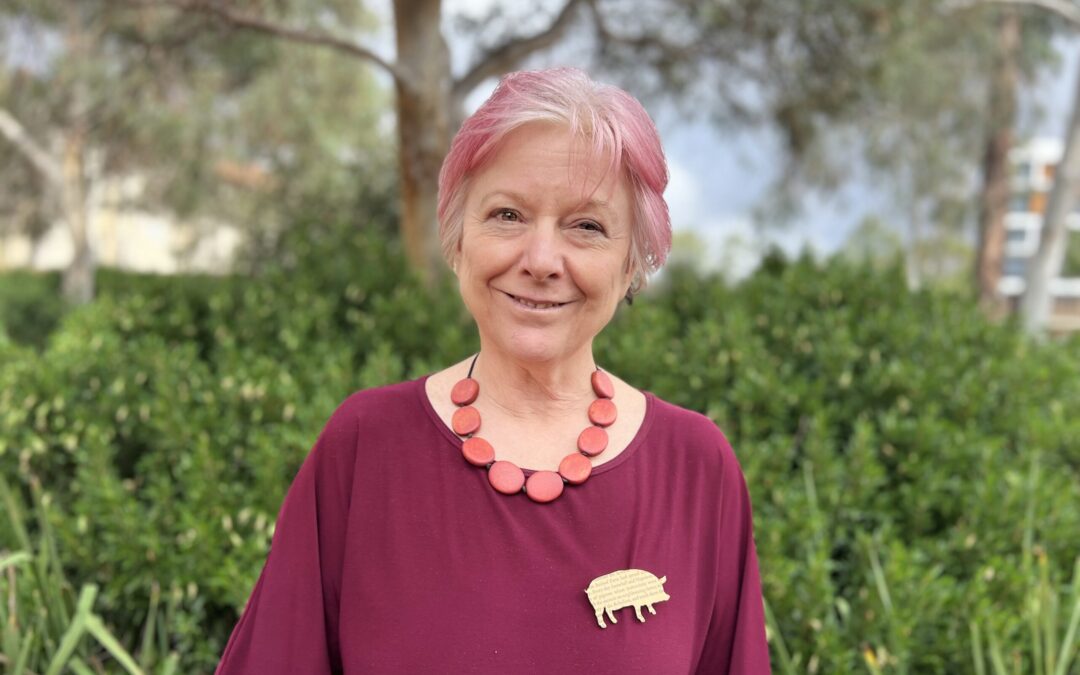Australian international relations is at a critical juncture, as women verge on parity in diplomatic leadership for the first time in history. In just one year, women diplomats have jumped from 27 per cent to currently making up over 40 per cent of all overseas representatives. Diplomatic women complement the strong women we have as Foreign Minister, Defence Minister, Shadow Foreign Minister, and secretary of the Department of Foreign Affairs and Trade (DFAT).
These are crucial firsts for our international affairs, which is still at times marked by overt sexism and discrimination
These are crucial firsts for our international affairs, which is still at times marked by overt sexism and discrimination. Even recently, white men comprised all 15 patrons selected for the ‘Mateship Patrons’ campaign to strengthen bilateral relations between Australia and the United States. This is consistent with wider findings globally that diplomacy is a male world, guided by the norms of masculinity, and occupied by men.

So, what does the rapid change for women leaders mean in the face of entrenched gendered institutions in diplomacy and security?
Only two years after the implementation of DFAT’s ‘Gender Equality and Women’s Empowerment Strategy’ and ‘Women in Leadership Strategy‘, the rapid increase in women leaders has important ramifications for diplomacy and security, the agencies, and the women themselves.
This is more than a ‘business case’ for diversity – it is a diplomatic and security imperative
Firstly, gender equal representation in international decision-making is linked to better development paths for states, lower levels of interstate violence, more durable and comprehensive decision-making, and higher levels of collaboration and consensus. Peace processes that include women have a 20 per cent increase in the probability of the agreement lasting at least two years, and 35 per cent increase in an agreement lasting at least 15 years. This is more than a ‘business case’ for diversity – it is a diplomatic and security imperative.
Secondly, while the increase in women leaders should be celebrated, we do not yet have parity. This means we have never had parity in our international relations. For all kinds of formal and informal reasons, to date, women have never had equal opportunity for diplomatic or security leadership.
Thirdly, while DFAT has managed this rapid change, it is not our only key agency in international relations who should be taking up the issue of leadership. In aggregate, women represent less than a third of overseas representative positions in the international-facing agencies studied. The workings of agencies and departments from Defence, to the Australian Federal Police and Department of Home Affairs all have an immense opportunity – who will be the first to reach parity in leadership? With the success of the Women in Leadership Strategy in DFAT, it is worth considering how these goals can be shared across agencies.

The Hon Penelope Wensley AC was the first woman Australian Permanent Representative to the United Nations in New York in 1997. Image: www.dfat.gov.au
Fourthly, women’s greater representation also raises the profile of other groups and individuals who have been historically marginalised in international relations. If a core duty of diplomacy is to represent our country and its interests overseas, it would be negligent to not represent multicultural and diverse Australia.
Understanding intersectionality – the notion that multiple factors affect individuals’ opportunity for leadership – is therefore key. How can we support women, men, and anyone outside the binary, who come from different and diverse backgrounds from (dis)ability, to race and ethnicity, sexual orientation and beyond? The barriers and opportunities for leadership are specific. It is important that we understand these, both to ensure that we have more comprehensive decision-making, and so that we can better support these diverse individuals in the first place.
What are the processes and practices that we need to ingrain now to ensure that their legacy of equality becomes the norm for international relations?
And finally, these changes in leadership do not guarantee that the positive trajectory for the field will continue. What happens when our Ministers move on, or the secretaryship turns over? We know how important the top positions are for agenda-setting, role-modelling, and raising the profile of women in international relations. What are the processes and practices that we need to ingrain now to ensure that their legacy of equality becomes the norm for international relations?
Australia is in a unique position as it strategises to not just influence the changing power order in our region, but prepare for the uncertainty and changing security arrangements ahead. During this time, Australia will look to protect its interests and values – values such as human rights, gender equality, democratic principles and the rule of law.
It is clear that the value of women’s and diverse leadership has critical implications on our diplomacy and security. It is equally clear that progress is being made. The task is now to bring women leaders across other international agencies to the table, and ensure that they remain there regardless of who sits at the head.





